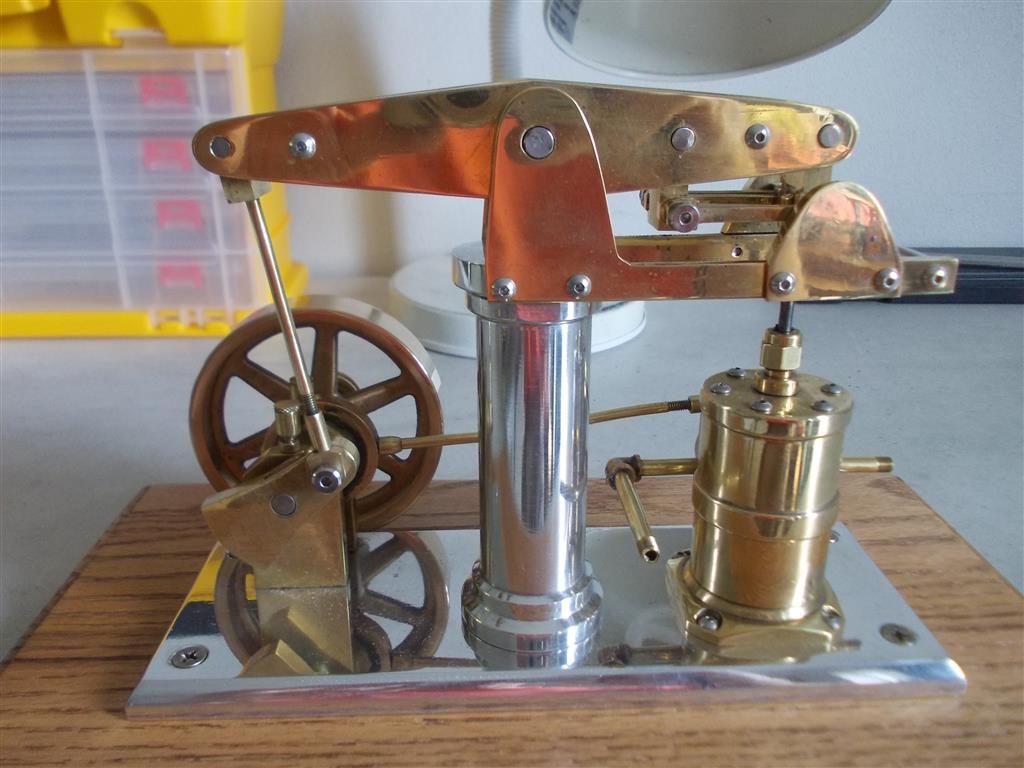What sort of bolts/screws are these on this Beam Engine ?
What sort of bolts/screws are these on this Beam Engine ?
- This topic has 35 replies, 14 voices, and was last updated 19 August 2015 at 20:49 by
 Bazyle.
Bazyle.
- Please log in to reply to this topic. Registering is free and easy using the links on the menu at the top of this page.
Latest Replies
Viewing 25 topics - 1 through 25 (of 25 total)
-
- Topic
- Voices
- Last Post
Viewing 25 topics - 1 through 25 (of 25 total)










